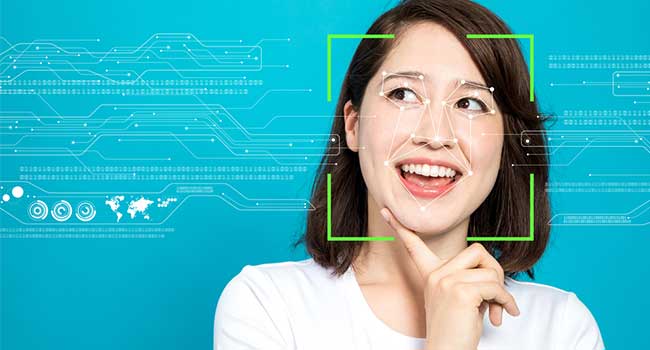
Company Offers Free Facial Recognition Technology to All K-12 Schools
RealNetworks is inviting K-12 schools in the United States and Canada to download their facial recognition technology for free.
- By Sydny Shepard
- July 20, 2018
Safety and security is an increasingly serious concern at K-12 schools across the country and students, parents and faculty are demanding more thoughtful, creative solutions to keeping campus safer. That's why digital media software company, RealNetworks, Inc, is offering its facial recognition technology to all K-12 schools in the United States and Canada for free.
"School safety has become one of the top national issues in the United States in 2018," said Rob Glaser, chairman and CEO of RealNetworks in a press release. "We are proud to give our leading edge SAFR for K-12 technology solution to every elementary, middle, and high school in America and Canada. We hope this will help make schools safer."
At no cost, and for the first time, K-12 schools can confidently apply state-of-the-art facial recognition technology to better protect the school environment. SAFR utilizes existing IP-based cameras and readily available hardware to recognize staff, students and visitors in real time to help improve school safety, while concurrently providing additional benefits that strengthen security, such as streamlining entry, record keeping, campus monitoring, and guest check-in.
SAFR encrypts all facial data and images to ensure privacy, and all facial data and images remain exclusively within the school's domain as part of, or complementary to an existing school ID program.
SAFR for K-12 can be downloaded by schools at www.realnetworks.com/safr/k12.
About the Author
Sydny Shepard is the Executive Editor of Campus Security & Life Safety.